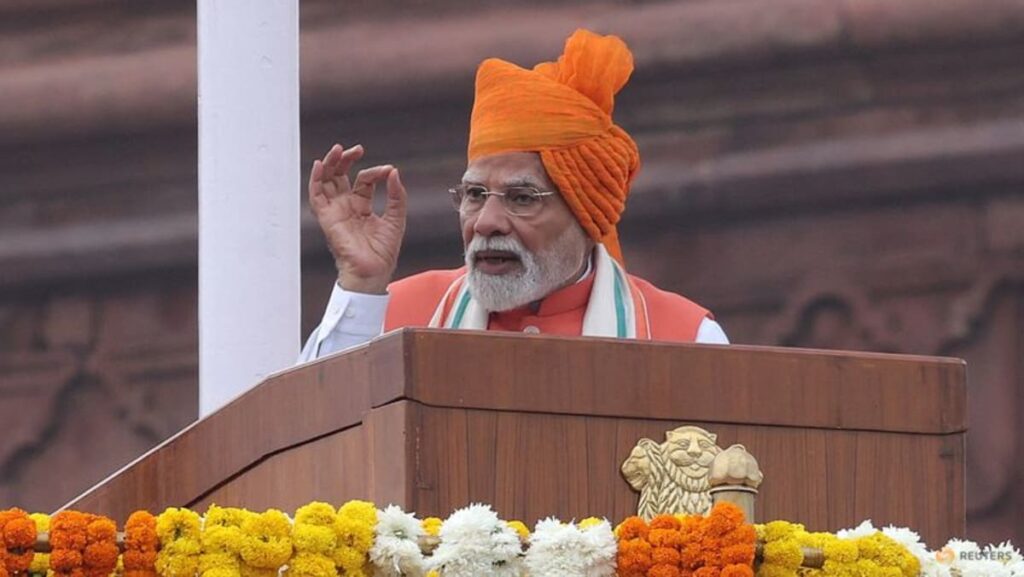The tax cut plan comes with costs given that GST is a major revenue generator. IDFC First Bank says the cuts will boost India’s GDP by 0.6 percentage points over 12 months but will cost the state and federal government US$20 billion annually.
But it will improve weak stock market sentiment and bring political dividends for Modi ahead of a critical state election in the eastern state of Bihar, said Rasheed Kidwai, a fellow at New Delhi-based Observer Research Foundation.
“GST reduction will impact everyone, unlike cuts to income tax, which is paid by only 3 per cent to 4 per cent of the population. Modi is doing this as he is under a lot of pressure due to US policies,” said Kidwai.
“The move will also help the stock market, which is now politically important as it has a lot of retail investors.”
India launched the major tax system in 2017 that subsumed local state taxes into the new, nationwide GST to unify its economy for the first time.
But the biggest tax reform since India’s independence faced criticism for its complex design that taxes products and services under four slabs – 5 per cent, 12 per cent, 18 per cent and 28 per cent.
Last year, India said caramel popcorn would be taxed at 18 per cent but the salted category at 5 per cent, triggering criticism about a glaring example of GST’s complexities.
Under the new system, India will abolish the 28 per cent slab, which includes cars and electronics, and move nearly all of the items under the 12 per cent category to the lower 5 per cent slab, benefitting many more consumer items and packaged foods.
Government data shows the 28 per cent and 12 per cent tax slabs together garner 16 per cent of India’s annual GST revenue of roughly US$250 billion last fiscal year.
https://www.channelnewsasia.com/asia/india-us-tariffs-modi-tax-cut-gst-state-election-5298736


